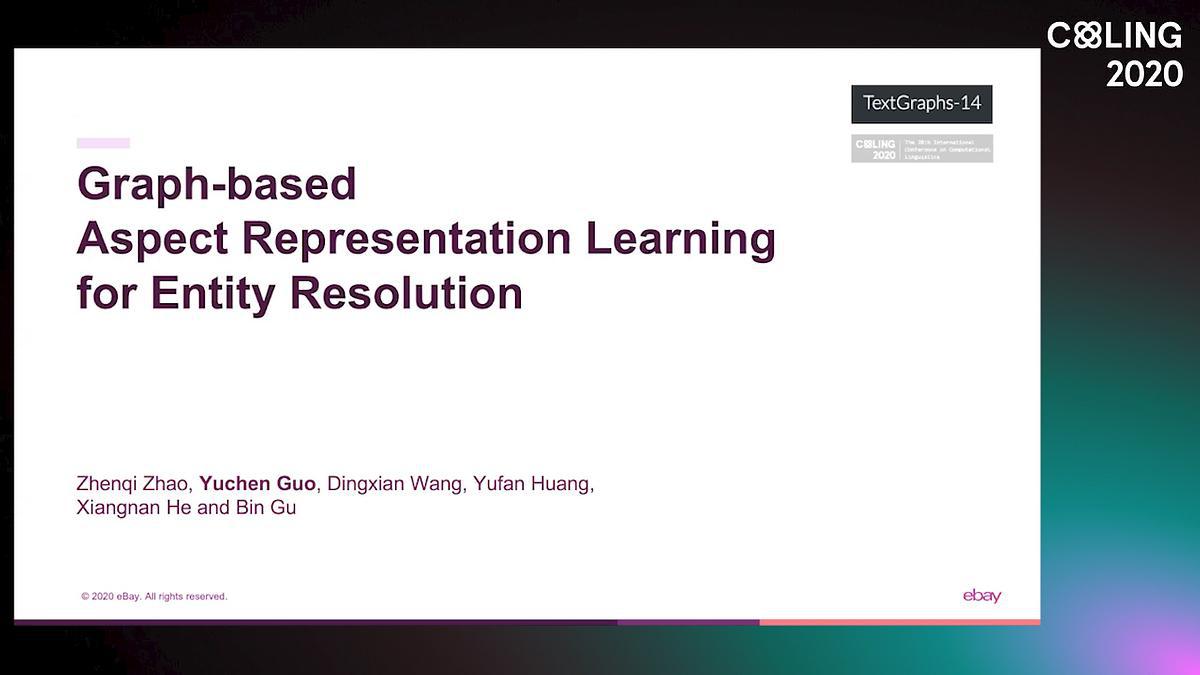Abstract:
Entity Resolution (ER) identifies records that refer to the same real-world entity. Deep learning approaches improved the generalization ability of entity matching models, but hardly overcame the impact of noisy or incomplete data sources. In real scenes, an entity usually consists of multiple semantic facets, called aspects. In this paper, we focus on entity augmentation, namely retrieving the values of missing aspects. The relationship between aspects is naturally suitable to be represented by a knowledge graph, where entity augmentation can be modeled as a link prediction problem. Our paper proposes a novel graph-based approach to solve entity augmentation. Specifically, we apply a dedicated random walk algorithm, which uses node types to limit the traversal length, and encodes graph structure into low-dimensional embeddings. Thus, the missing aspects could be retrieved by a link prediction model. Furthermore, the augmented aspects with fixed orders are served as the input of a deep Siamese BiLSTM network for entity matching. We compared our method with state-of-the-art methods through extensive experiments on downstream ER tasks. According to the experiment results, our model outperforms other methods on evaluation metrics (accuracy, precision, recall, and f1-score) to a large extent, which demonstrates the effectiveness of our method.


